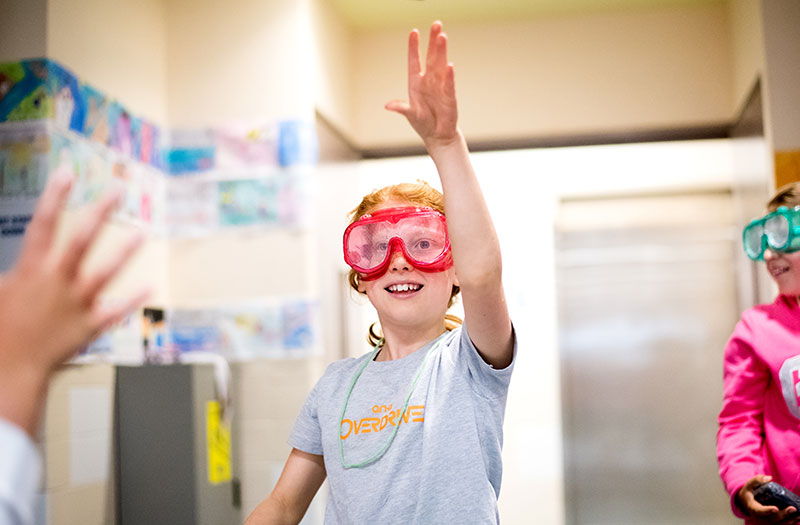Cells Alive
This activity allows students to explore cells in a new way. The set of protists used in this activity offer a wide range of motilities,
This activity allows students to explore cells in a new way. The set of protists used in this activity offer a wide range of motilities,
In this activity, students select a model organism and brainstorm possible strengths and limitations of using this model in scientific experiments.
This lesson offers students an introduction into biosensors, which is a sensor that uses a living organism or biological components to detect the presence of
This activity is designed as an open-ended exploration into physarum preferences by observing its chemotaxis. Students first observe that physarum will move towards oats,and then
This activity builds on the first physarum chemotaxis experiment. This iteration of experimentsis a process that scientists and cellular engineers engage in regularly. Using computational
This activity is designed as a virtual experiment into physarum preferences by observing its chemotaxis. The lesson starts with a simple demo, where student predict
Mutations occur in organisms, and scientists study them. Learn about a model organismsand multations.
Students will analyze the results of another scientist’s experiment by examiningleaves that have been exposed to different treatments, and draw conclusions aboutthe process of photosynthesis.
Students assemble a DNA molecule, using magnetic pieces representing sugar,phosphate and the nitrogenous bases on magnetic whiteboards. Students thenmodel the process of semi-conservative DNA replication
All of SEP’s programs are offered free-of-charge. To do this work, SEP must annually raise nearly $2 million. Every donation brings us closer to that goal and helps to make this important work possible.

As part of UCSF, SEP is a 501(c)3 non-profit. All donations are tax deductible to the fullest extent of the law. Please let us know if your company participates in a matching gift program so that we can extend the benefit of your generosity.